A Maturing Industry’s Changing Face
Over the past years, I have had the pleasure of speaking at numerous lawn and garden trade shows and conventions. Quite often those attending ask me to look into my crystal ball and predict how the lawn and garden business will fare over ensuing years. If only life were that simple; predicting the future is never easy and seldom that clear.
As a market researcher, we use sophisticated methodologies and forecasting tools to offer glimpses into what the future may look like. Our job is to give you the tools to make informed business decisions. In the discussion below, I have identified factors currently impacting the industry. Hopefully, you will reach a greater understanding of the dynamics that are changing its face.
An Aging Generation
The Baby Boom generation has had an indelible impact on U.S. society for the past 60 years. From the mid 1940s when the first Boomers were born, this burgeoning demographic has defined the products and services businesses provide. Many businesses flourished in spite of themselves, and Boomers used their economic and political influence to shape the landscape.
It is no wonder, as the first wave of Boomers turn 60, their financial influence continues to be felt. The needs of this aging generation are changing. As they face their future with thoughts of retirement, health and other age-related issues, these consumers are shifting their resources toward purchasing services.
In past decades, Boomers profitably impacted the lawn and garden industry. From the moment they first started families and purchased homes, the need for lawn and garden products and services allowed businesses to grow and expand. Gardening was the weekend passion for many of this generation.
Consumer Research Spots Trends
In 2000, we wrote the first Grapevine Consumer research report; this report was based primarily on responses from members of our Grapevine Consumer Panel, a panel of more than 2 million U.S. households that gave us permission to survey purchases and participation in various activities, including gardening and landscaping. Within this report, I focused on consumer trends and habits within the lawn and garden industry.
In 2006, we rewrote the Grapevine Survey and noted dramatic changes in consumer trends. One of the most significant changes we observed is the lawn and garden industry has matured. (Note: a mature industry is typically defined as one that has achieved significant household penetration and where dollar growth tracks with the overall economy and population changes.)
In 2005, the National Gardening Survey estimated that 89 million households, representing nearly 81-percent household penetration, purchased from at least one lawn and garden category. It also noted that through 2005 estimated retail sales of lawn and garden items was slowing to declining.
This data represents how industry dollars are measured and classified. While it may seem incongruent that the number of purchasing households has increased and estimated retail sales have decreased, the trends indicate that dollars spent in lawn and garden per household has decreased. This isn’t to suggest the industry’s future is gloom and doom. On the contrary, it offers us a vision of how consumer preferences and trends are changing. The industry needs to identify the business opportunities available to meet changing consumers’ needs.
Where Have The Boomers Gone?
The Baby Boom generation created the idea of Do-It-Yourself (DIY) consumerism. This is especially true Á in the home and garden business, where big box retailers, such as Home Depot, Wal-Mart and Lowe’s, sprouted and prospered. As these large-scale retailers experienced phenomenal growth, the influence of the independent garden center (IGC) was challenged (though never abandoned). Serious gardeners as well as weekend garden hobbyists still sought their neighborhood IGC for gardening expertise as well as unique products and individualized services.
In recent years, though, as Boomers turned 60 and approached retirement, the DIY phenomenon (most closely associated with Boomers) waned, and a new breed of consumers has emerged. We call these the Do-It-For-Me (DIFM) consumers.
This is not to say consumers are relegated to either DIY or DIFM extremes; on the contrary, many consumers today represent a hybrid form of consumer, known as the Do-Some-Of-It-For-Me (DSOIFM) consumer. As an example, this may represent a weekend gardener who enjoys planting flowerbeds but hires a lawn service to cut the grass and a landscaper to redesign the backyard. Interestingly enough, our Grapevine Survey revealed that 40 percent of today’s homeowners describe themselves as DSOIFM.
Other Emerging Trends
In no way are Boomers the only trend impacting how changing consumer preferences and influences are challenging the industry. There are other elements to consider:
Younger homeowners. Adults between the ages of 25 and 40 represent a very different consumer from the Boomer. Younger homeowners are typically “better off” than when Boomers were the same age; they earn more and have greater household wealth and a larger proportion has graduated from college. While demographically attractive, this consumer group has different attitudes about gardening.
Impact of big box retailers. Today’s generation has grown up with big box stores, such as Target, Home Depot, Wal-Mart and Lowe’s. The brands are imprinted in their DNA. The locally owned garden center is faced with redefining its value proposition to a younger consumer.
The lifestyle consumer. The lifestyle consumer has replaced the gardening hobbyist. In fact, the number of U.S. adults who indicated gardening as one of their favorite pastimes peaked at 15 percent in 1999 and dropped to 5 percent in 2004.
Instant gratification gardening. The media and popularity of “before and after” landscaping and home renovation television shows has had a profound impact on consumers. The notion of instant gratification gardening is not a passing fad.
Can We Predict The Future?
Since the original Grape-vine Survey was completed six years ago, we have seen the lawn and garden industry cycle into its “mature” stage. An aging U.S. population and, most notably, the aging Baby Boom generation, is slowly decreasing its DIY activities; we are already feeling the effects of this. The succeeding generation and core DIY market (ages 20-44) is not increasing in proportion to the total population (only 0.4 percent growth between 2000 and 2010). Thus, up until around 2010, gains in the industry will be more influenced by changes in the population and economy and less so by a demographic anomaly (the Boomers).
Another changing demographic that will heavily influence the industry’s future in the United States is the rapid growth of the ethnic consumer. Hispanic and Asian consumers, for example, are growing at rates much faster than the U.S. population as a whole and represent significant opportunities for the different sectors within the lawn and garden industry. Frankly, though, we know very little about their attitudes and habits.
Next Month
No doubt, opportunities and challenges lie ahead for the lawn and garden industry. Next month, I will discuss these changes in greater detail and offer ideas on how your business can turn these challenges into opportunities.









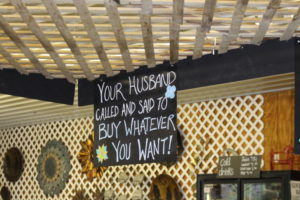
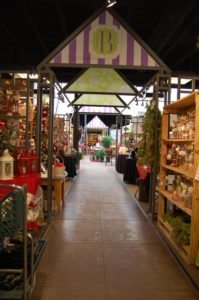
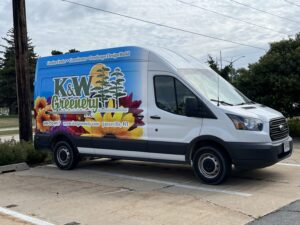
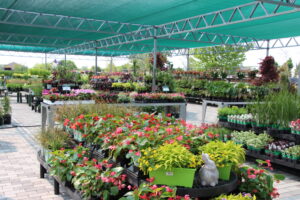

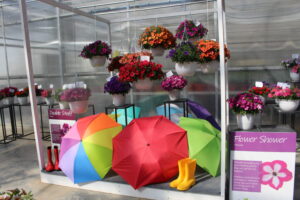

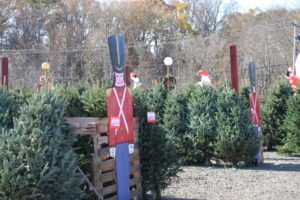

 Videos
Videos





